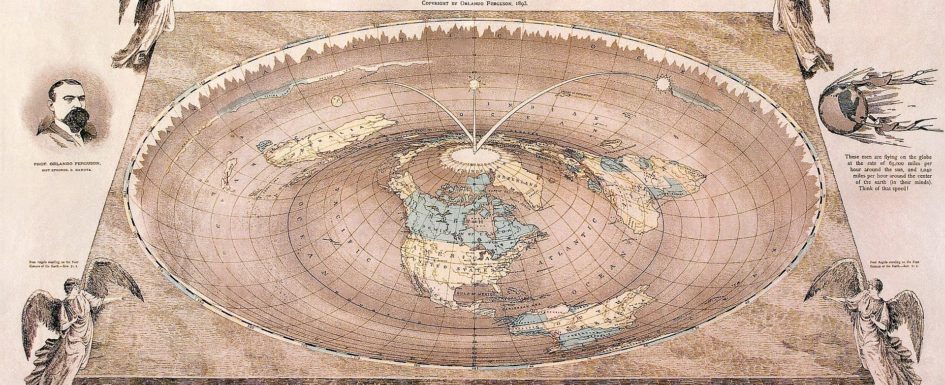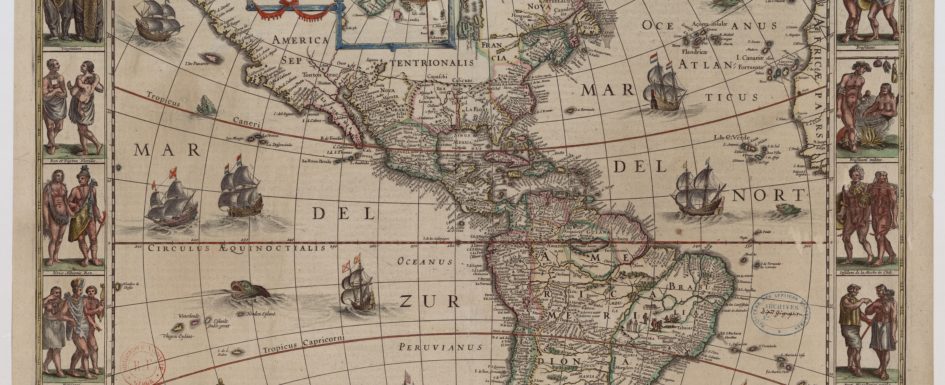Maps of Nothing, Maps of Everything, and Matthew Edney’s Analysis of Cartography’s Idealism
A version of our world where we are not dependent moment-by-moment on GPS tracking and Location Services is quickly becoming more and more unimaginable. So it was fascinating, then, that in his September 5th and 6th talks—delivered as part of Information Ecosystems: A Mellon Foundation Sawyer Seminar at the University of Pittsburgh—Matthew Edney asked that audience members think critically about these various mapping services and how deeply reliant we have become on them as a source of supposed “truth.” Long before GPS—and even long before TomTom, if you’re old enough to remember those—Edney pointed out that mapping and the so-called “field” of cartography has fundamentally shaped our conceptions of the world: how we visualize and are capable of visualizing it, how we are able to move and think about moving around it, and the many iterations of land-as-property documented over many centuries of maps. Edney’s new book, Cartography: The Ideal and Its History, does an excellent job of providing readers with a timeline of then-to-now. Cartography utilizes an impressively apt epilogue to the “Introduction”: “there is no such thing as cartography, and this is a book about it.” He helpfully framed his talks with this same quotation. By “there is no such thing as cartography,” he explained, he means that what cartography as a “field” purports to be is too loosely defined, too widely varying, too steeped in political motivation to cohere as a truly organized area of thought and practice; to quote Edney again, “the ideal of cartography is the entire belief system, while cartography Read More


